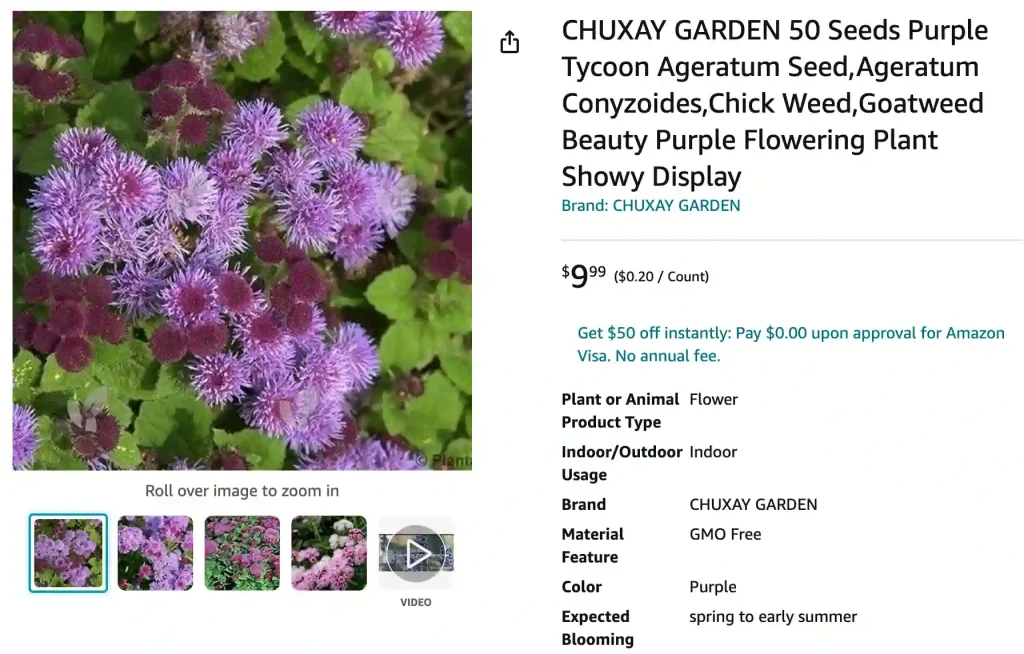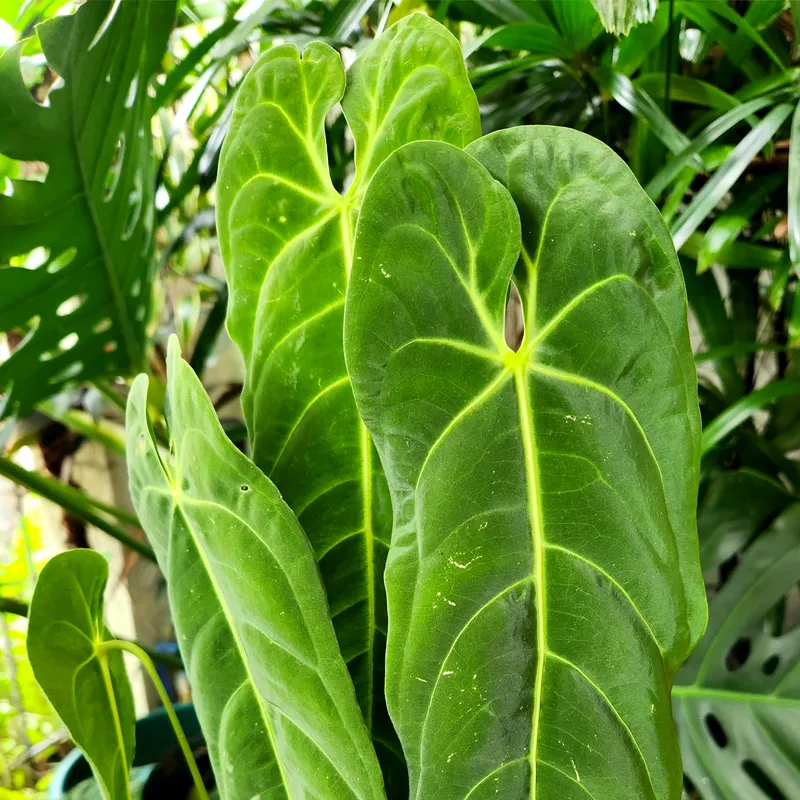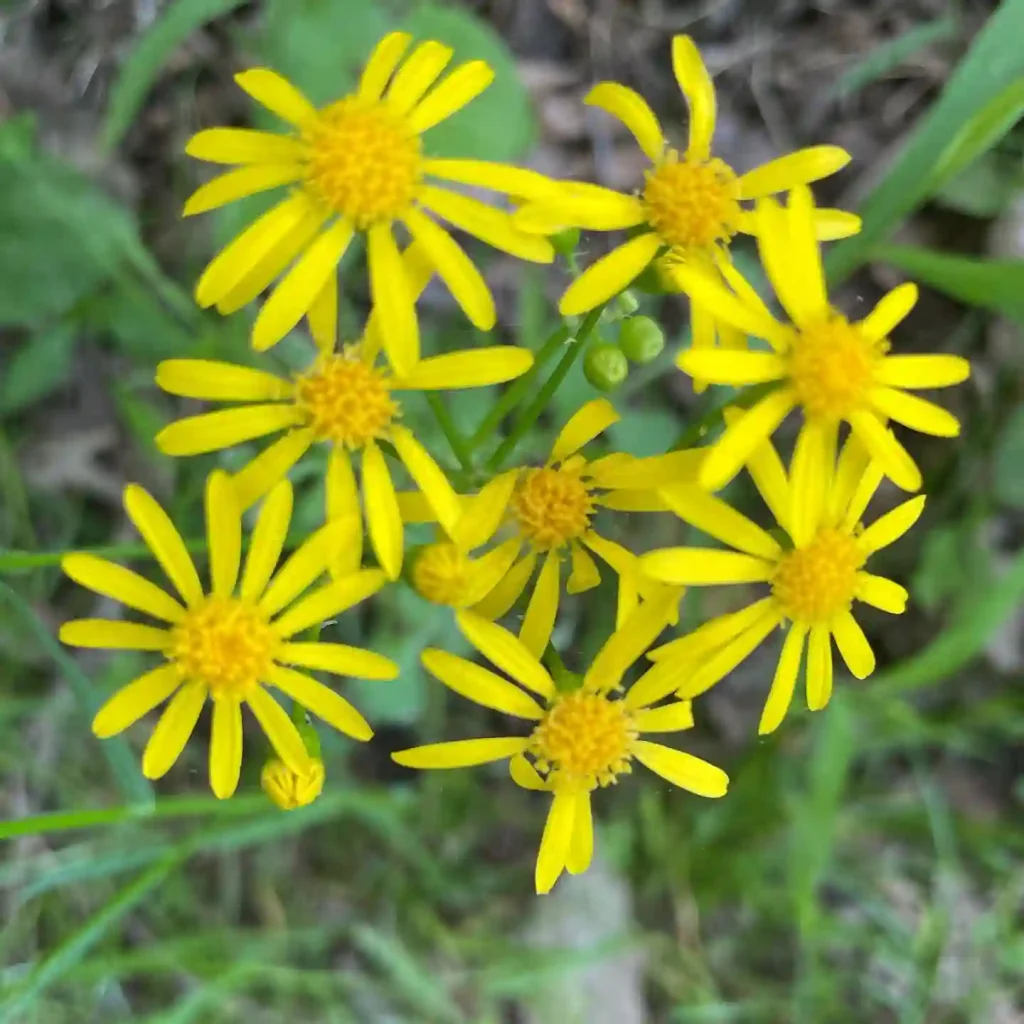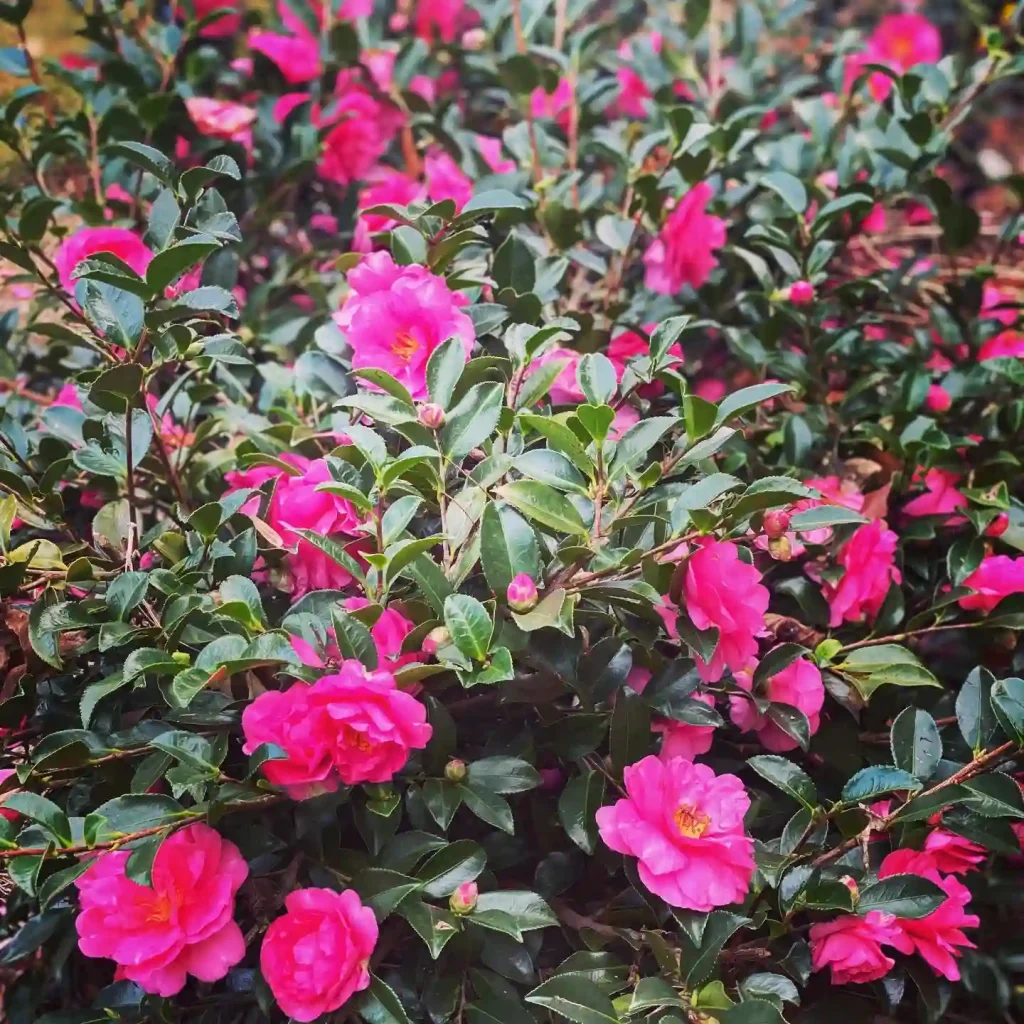
FAQs About Ageratum Conyzoides
When it comes to Ageratum Conyzoides, also known as the Tropical White Ageratum, there are quite a few frequently asked questions. I’ve been exploring this plant for a while now, and I’m excited to share what I’ve learned about it. Let’s dive into the essentials!
38 Species in Genus Ageratum – Floss Flower
What Is Ageratum Conyzoides?
Ageratum Conyzoides is a tropical perennial that is often grown as an annual in cooler climates. It features small, fluffy clusters of white or light blue flowers that can brighten up any garden. The plant has a bushy habit with ovate leaves that give it a lush appearance.
What Family Does Ageratum Conyzoides Belong To?
Ageratum Conyzoides belongs to the Asteraceae family, also known as the daisy or sunflower family. This family is known for its diverse range of flowering plants, and Ageratum Conyzoides is no exception. The family includes a variety of well-known plants such as daisies, sunflowers, and marigolds.
How to Care for Ageratum Conyzoides?
Caring for Ageratum Conyzoides is relatively straightforward. Here are a few key points to keep in mind:
- Sunlight: Ageratum Conyzoides thrives in full sun to partial shade. It needs at least 4 to 6 hours of sunlight each day to flourish.
- Soil: It prefers well-drained soil enriched with organic matter. The plant is quite adaptable but performs best in loamy or sandy soils.
- Watering: Regular watering is essential, especially during dry periods. Keep the soil consistently moist, but avoid waterlogging.
- Fertilization: A balanced, all-purpose fertilizer applied every 6 to 8 weeks during the growing season will help promote vigorous growth and flowering.
How to Propagate Ageratum Conyzoides?
Propagation of Ageratum Conyzoides can be done through seeds or cuttings:
- Seeds: Start seeds indoors about 6 to 8 weeks before the last frost. Sow them on the surface of the soil and lightly press them down. Keep the soil moist and at a temperature of around 70°F (21°C) until germination.
- Cuttings: Take 4 to 6-inch cuttings from a healthy plant and remove the lower leaves. Dip the cut end in rooting hormone, plant it in a pot with moist potting mix, and cover with a plastic bag to maintain humidity. Once roots develop, transplant the cutting into the garden.
What to Plant With Ageratum Conyzoides?
Ageratum Conyzoides pairs well with a variety of other plants. Consider planting it alongside:
- Marigolds: Their bright colors and similar care requirements make them great companions.
- Petunias: They complement Ageratum Conyzoides with their vibrant blooms and full growth.
- Salvia: The vertical growth of Salvia contrasts nicely with the bushy habit of Ageratum.
Can You Grow Ageratum Conyzoides Indoors?
Growing Ageratum Conyzoides indoors can be challenging but not impossible. It requires bright light, ideally from a south-facing window. Ensure it gets plenty of indirect sunlight and maintain high humidity around the plant. Regular watering is also crucial to keep it healthy.
Is Ageratum Conyzoides Toxic?
Ageratum Conyzoides is not listed as toxic to pets or humans. However, as with many plants, it’s best to prevent pets from chewing on them and to wash your hands after handling them to avoid any potential irritation.
Benefits of Ageratum Conyzoides
Ageratum Conyzoides offers several benefits:
- Aesthetic Appeal: Its fluffy, colorful blooms can enhance the visual appeal of any garden.
- Ground Cover: It can serve as an effective ground cover due to its dense growth habit.
- Low Maintenance: The plant is relatively easy to care for, making it suitable for both novice and experienced gardeners.
Common Problems with Ageratum Conyzoides
Like many plants, Ageratum Conyzoides can face a few issues:
- Powdery Mildew: This fungal disease appears as a white powdery substance on leaves. Ensure good air circulation and avoid overhead watering to prevent it.
- Pests: Watch out for aphids and spider mites, which can occasionally infest the plant. Regular inspection and appropriate insecticidal treatments can help manage these pests.
Compare with Similar Plants
If you’re considering similar plants, Ageratum Conyzoides can be compared to:
- Ageratum Houstonianum: Known for its blue flowers, this plant is very similar in appearance but often smaller.
- Euphorbia Hypericifolia: Another option with a similar growth habit but with different flower structures and foliage.
I hope this overview of Ageratum Conyzoides answers your questions and helps you decide if this plant is right for your garden or home. Happy gardening!
If i die, water my plants!



